The 3D-Printed Habitat Challenge is a competition to create sustainable shelters suitable for the Moon, Mars or beyond using resources available on-site in these locations.
Top Three Teams Share $100,000 Prize in Complete Virtual Construction Level of 3D-Printed Habitat Challenge.
SEArch+/Apis Cor – Phase 3: Level 4 of NASA’s 3D-Printed Habitat Challenge
Above, team SEArch+/Apis Cor won first place in the Phase 3: Level 4 software modeling stage of NASA’s 3D-Printed Habitat Challenge. The unique shape of their habitat allows for continuous reinforcement of the structure. Light enters through trough-shaped ports on the sides and top. Credits: Team SEArch+/Apis Cor
—–
Team Zopherus – Phase 3: Level 4 of NASA’s 3D-Printed Habitat Challenge
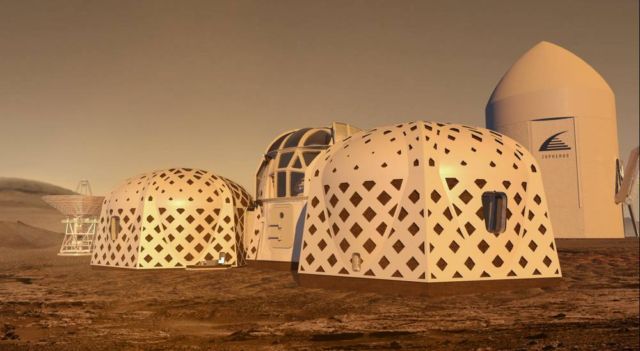 Team Zopherus won second place in the Phase 3: Level 4 software modeling stage of NASA’s 3D-Printed Habitat Challenge. The team’s design would be constructed by an autonomous roving printer that prints a structure and then moves on to the next site. Credits: Zopherus
Team Zopherus won second place in the Phase 3: Level 4 software modeling stage of NASA’s 3D-Printed Habitat Challenge. The team’s design would be constructed by an autonomous roving printer that prints a structure and then moves on to the next site. Credits: Zopherus
—–
Mars Incubator – Phase 3: Level 4 of NASA’s 3D-Printed Habitat Challenge
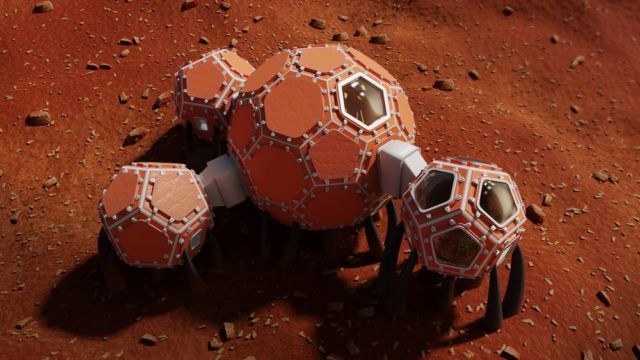 The virtual design from team Mars Incubator won third place in the Phase 3: Level 4 software modeling stage of NASA’s 3D-Printed Habitat Challenge. The team is a collection of engineers and artists. Credits: Mars Incubator
The virtual design from team Mars Incubator won third place in the Phase 3: Level 4 software modeling stage of NASA’s 3D-Printed Habitat Challenge. The team is a collection of engineers and artists. Credits: Mars Incubator
The challenge, which began in 2015, is structured in phases, each with multiple levels. Phases to date include:
- Phase 1, (completed) the Design Competition, required teams to submit architectural renderings and was completed in 2015. ($50,000 prize purse)
- Phase 2, (completed) the Structural Member Competition, focused on material technologies, requiring teams to create structural components. It was completed in 2017. ($1.1 million prize purse)
- Phase 3 (current), the On-Site Habitat Competition, comprises five levels that test teams’ ability to advance technology to autonomously construct a habitat and will culminate in a head-to-head habitat print in April 2019. ($2 million prize purse)
The multi-level competition structure enables more teams to be involved, and for teams to participate based on their strengths. Teams may enter or exit the competition at any phase or level, provided that they meet the challenge requirements.
The challenge is managed through a partnership with NASA’s Centennial Challenges program and Bradley University. Bradley has partnered with sponsors Caterpillar, Bechtel, Brick & Mortar Ventures and the U.S. Army Corps of Engineers to administer the competition. NASA’s Centennial Challenges program is part of the agency’s Space Technology Mission Directorate, and is managed at NASA’s Marshall Space Flight Center in Huntsville, Alabama.
For information about the 3D-Printed Habitat Challenge, visit: http://www.nasa.gov/3DPHab
For information about NASA’s Centennial Challenges Program, visit: www.nasa.gov/winit

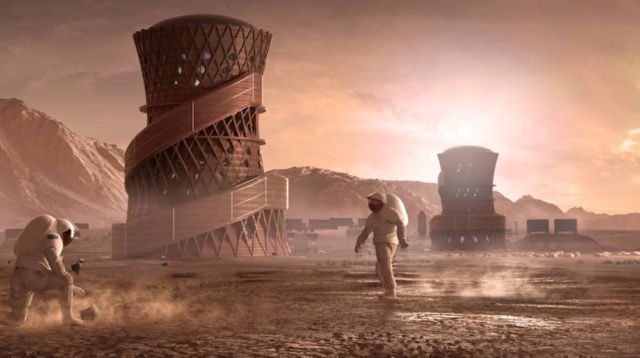
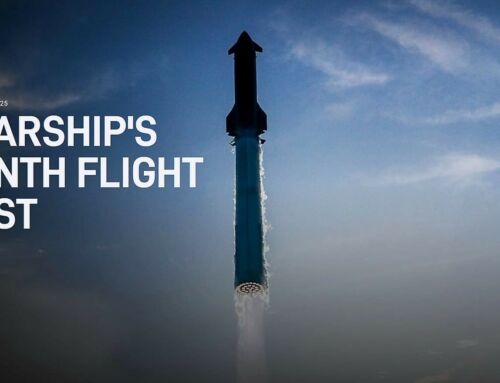

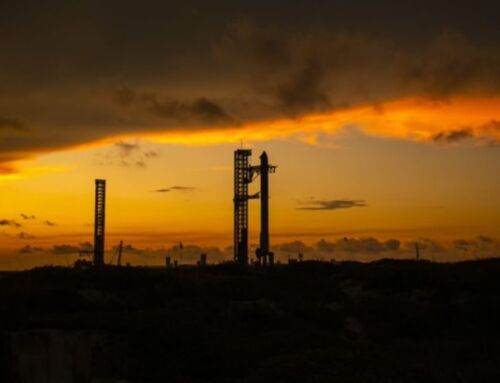

Leave A Comment